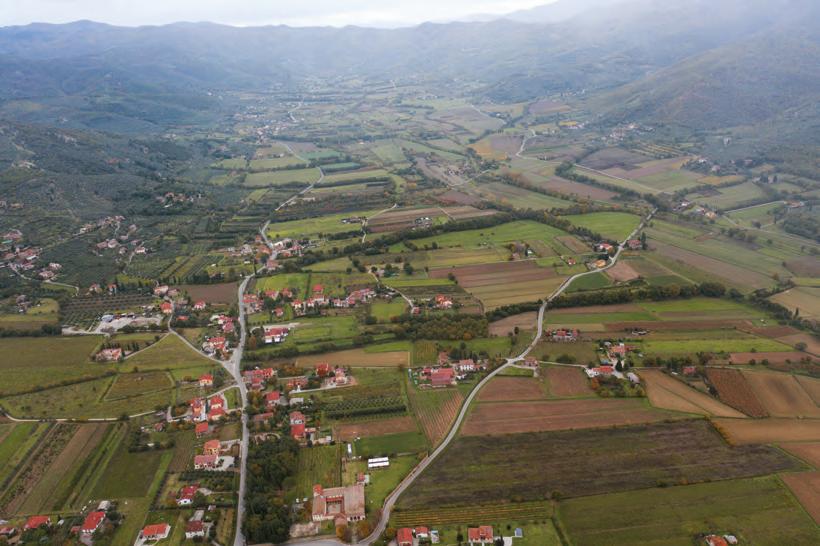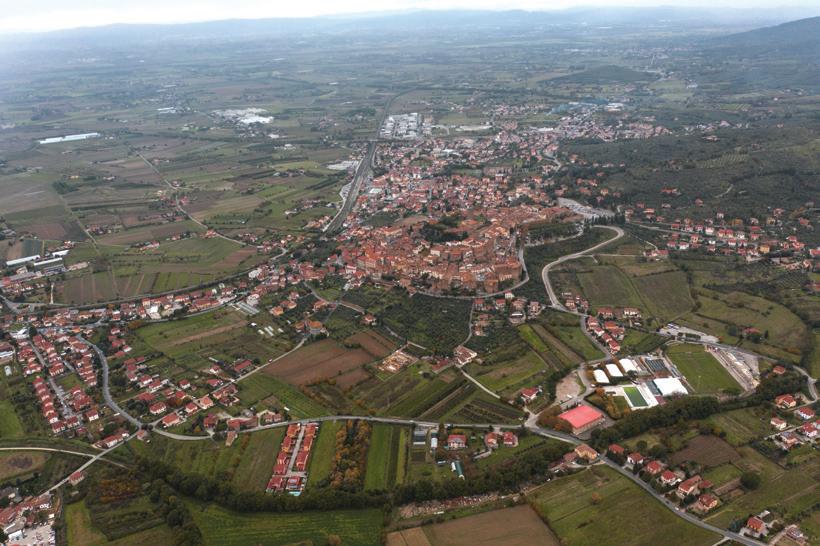
4 minute read
Pompeii
The destruction of Pompeii has been one of the greatest tragedies of the ancient world, but since its excavation and discovery, it has provided modern people with one of the most unique views into the life and infrastructure of the Roman period. The ash and rubble that covered Pompeii for centuries, preserved it to the point that many of the streets and foundations of the city’s layout is in some of the best quality of ancient world ruins of that age. Much of the original city is still yet to be uncovered today.
Unearth Streets and Ruins Present Streets and Ruins that have been discovered
Advertisement
Summon Dorsum (Large Smooth Stone Slabs)
Nucleus (Cemented Sand and Gravel) Rudus (Gravel in Cement Mortar) Statumen (Crushed Rock) Compacted Sand or Dry Earth

Pompeii itself shows the engineering and design of a typical Roman grid city. The history of methods of transportation on the Italic Peninsula has gone through drastic change over the course of human history, from Roman grid to Medieval freeform, the cities and streets have constantly been rebuilt and redesigned, especially the cities that have been inhabited for the past few 1000s years. The special attributes of Pompeii is that the original settlement was never built over due to the eruption of Vesuvius, which led to visceral view of what the road system of a Roman city was like would have looked like.
Central Nodes have long been a significant attribute to Italian cities, but few are as prominently visible as in the Tuscan city, Siena. Originally founded by the Etruscans, the city wasn’t a major Roman city, thus gained its major regional influence in Italy during the Medieval period, which played a large role in the visible urban framework of the city.
The main central node of the city is the Piazza del Campo which came into existence without any Roman precedent, but due to medieval regime. The piazza itself is divided into 9 sections radiating from the central water feature in the shape of a fan, which is right in front of the Palazzo Publico. Each section representing one “The Nine” or the “Noverschi” (the oligarchic rulers of the medieval Siena, who laid the groundwork for the modern day city). From this city center piece 11 streets radiate out into the rest of the city fabric continuing out beyond the boundaries of Siena and to the rest of the Tuscan countryside. With 3 of these streets being major roads.
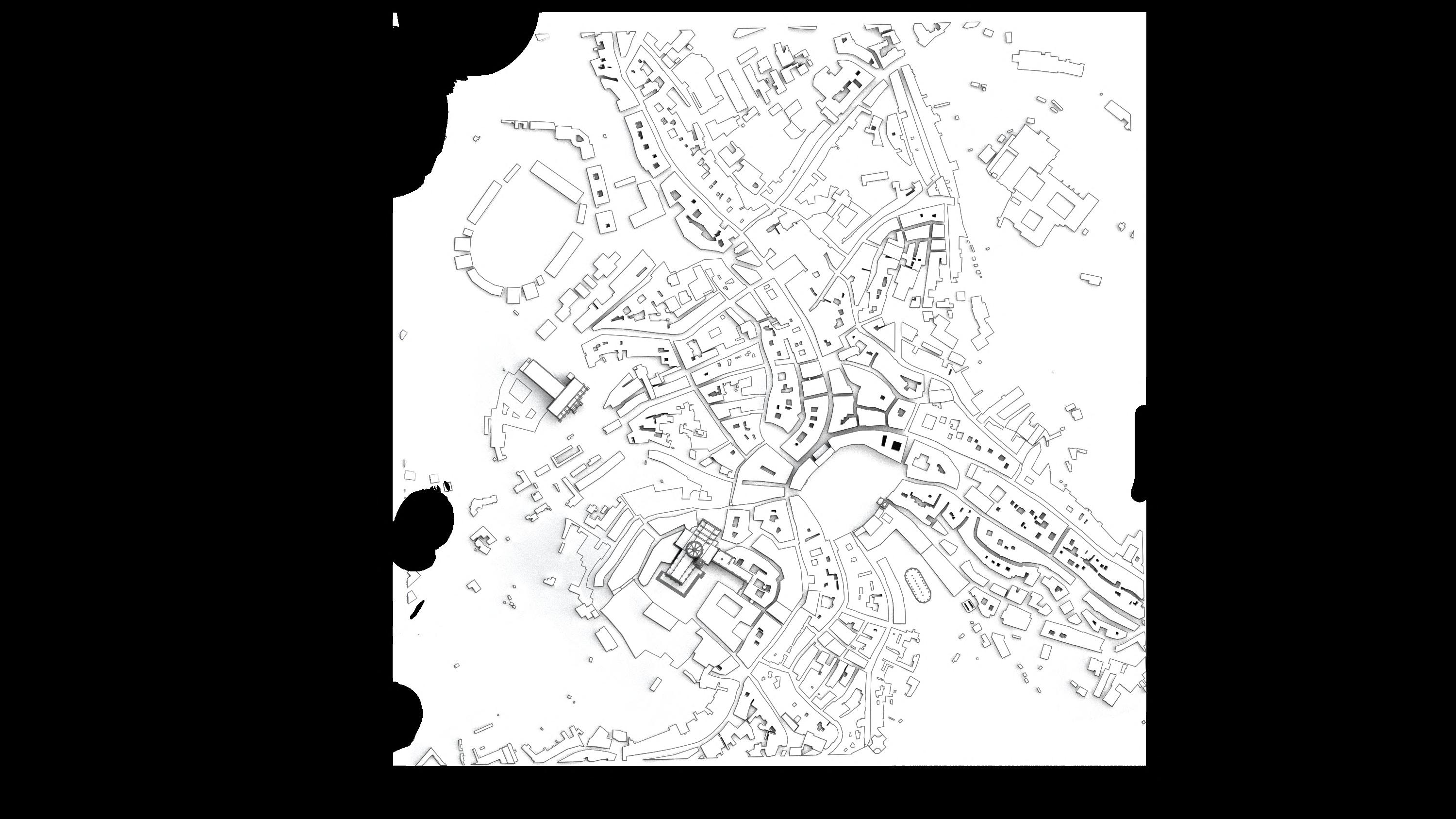
The piazza plays a major part in the city’s history and culture, where people have traveled to gather, and partake in festivities including the Palio di Siena, completely highlighting the effects a central node has on city.

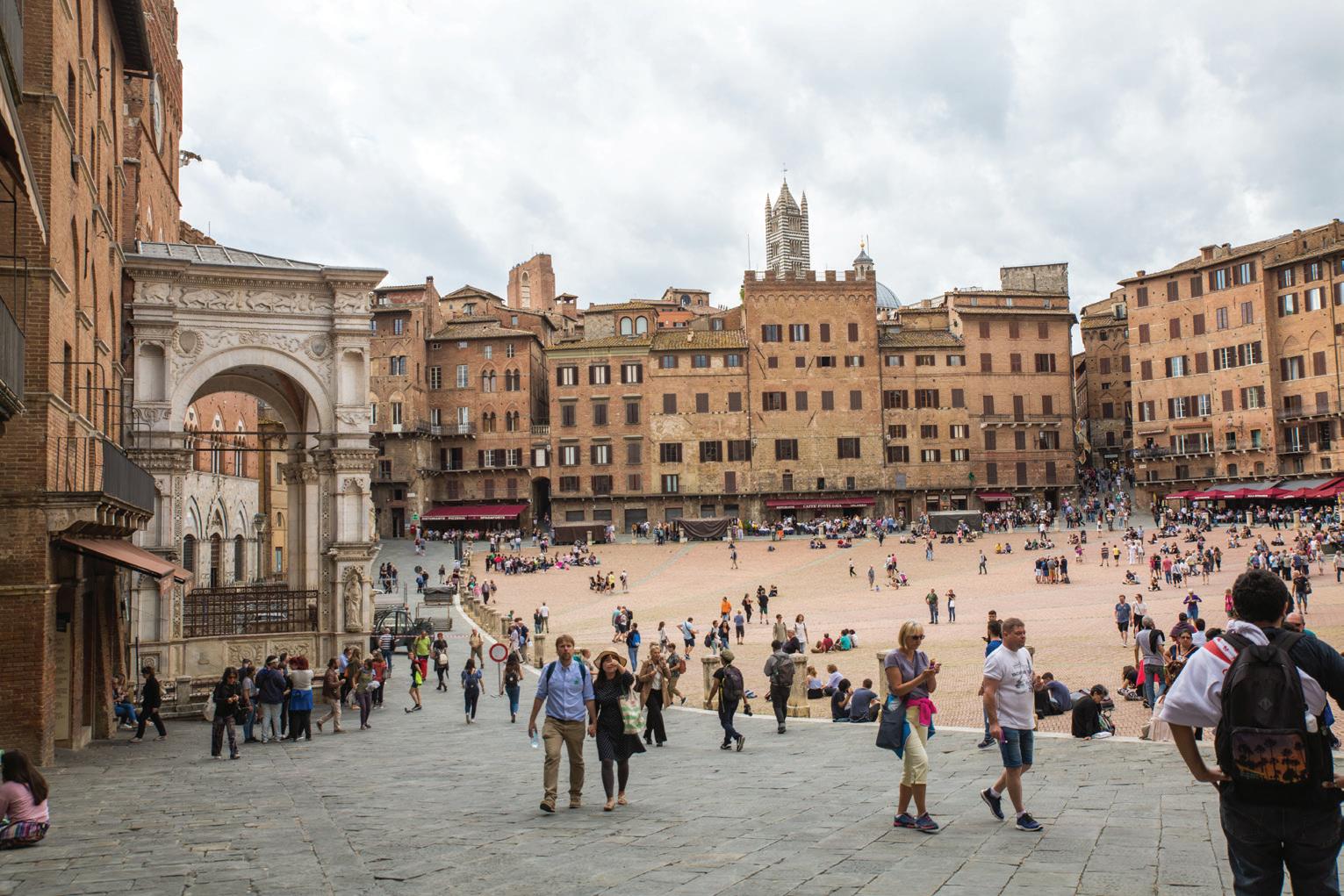
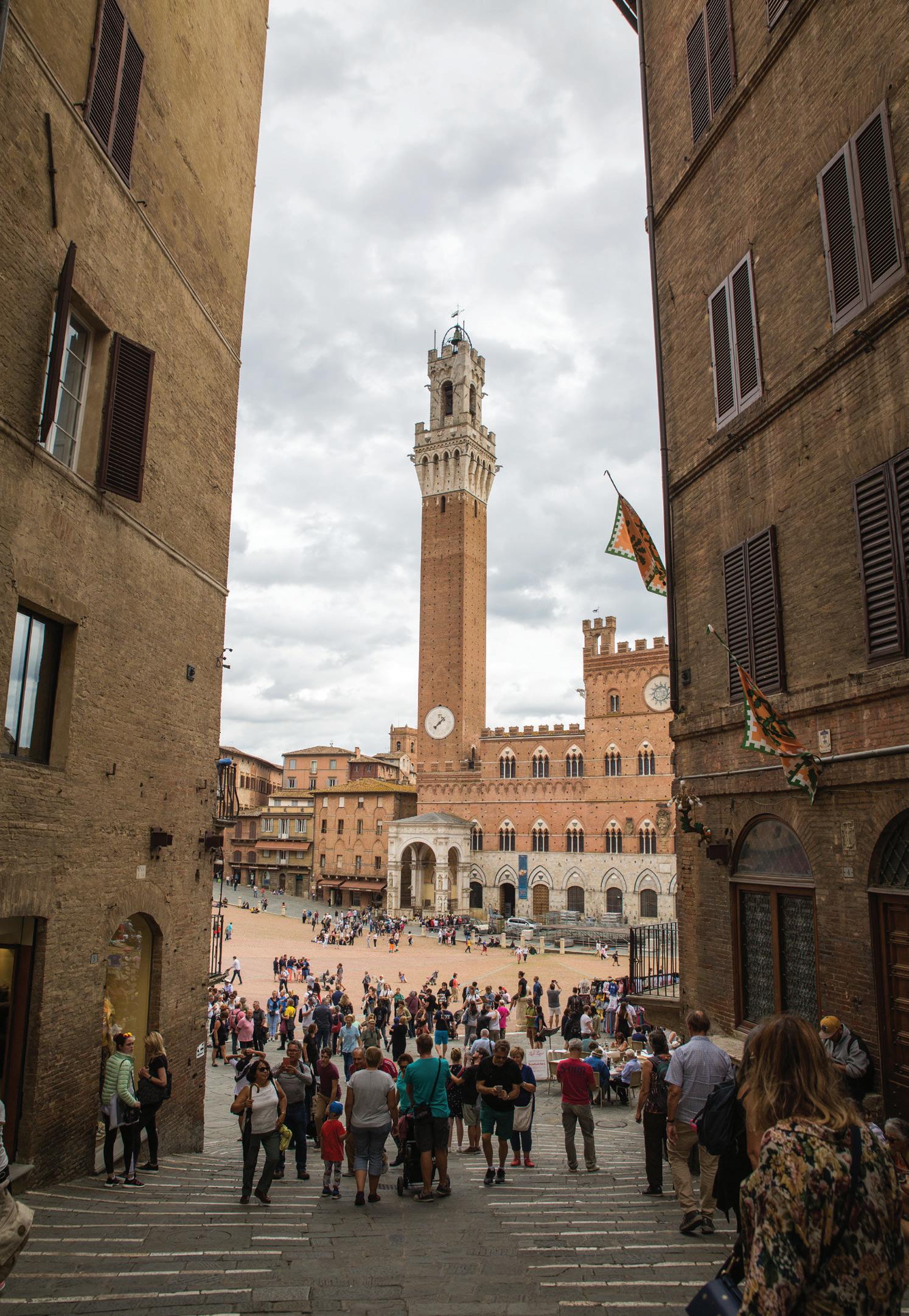

Perugia and Assisi Effects of Topographrical Diverse Urban Fabrics


The region of Umbria itself is full of mountains, valleys, and rolling hills. As cities and towns such as Perugia and Assisi, began to develop in the area, the issue of topographical diversity became a forefront to the local people. Both Assisi and Perugia are built up on hills and steep mountains for various reasons from the past, but due to this have developed a diversity of paths and routes through the city. Both have coped with this in different ways, where Perugia constructed an elevated tramway system, Assisi focused more on foot travel and being able to walk up the topographical changing streets.


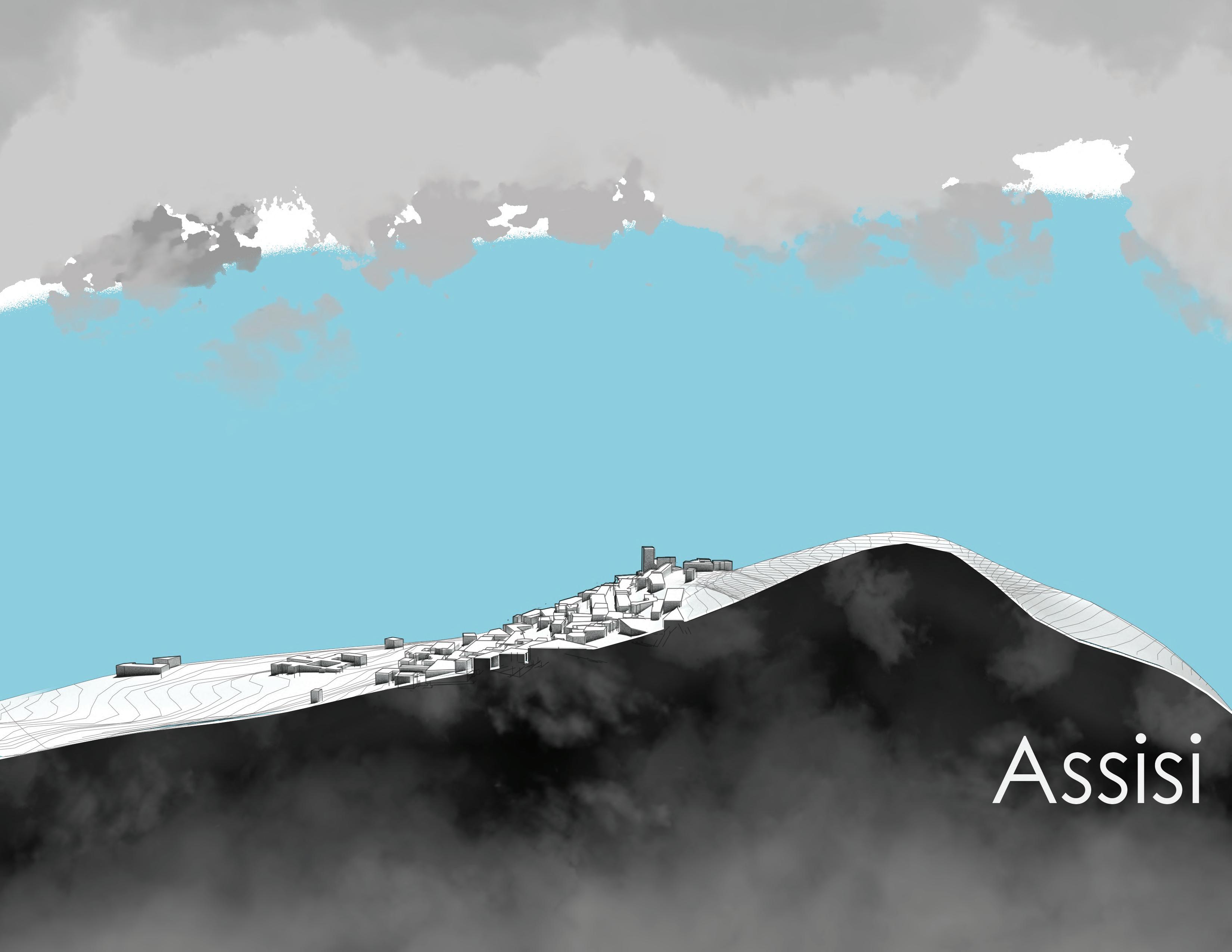

Castiglion Fiorentino Roads are one of the most Roads as a connection between the Urban, Suburban and Rural important infrastructural elements for small towns to provide connection and economy. Communes like Castiglion Fiorentino often rely on a single or multitude network of systems to keep the town going. It is places like this that are often have a greater mix of the urban, suburban, and rural. This makes it so that roads and transportation networks are necessary not only to connect the city with other nearby cities but to provide access and circulation within the macro scale of the commune’s own confines.
Rural

Subrurban
Urban
In the case of Rural accommodations and experiences such as Agriturismos or Hiking Trails, it is crucial to have a connection of some sort from areas of high density, such as urban centers, to allow for efficient access for people such as locals, toursists, and consumers.
